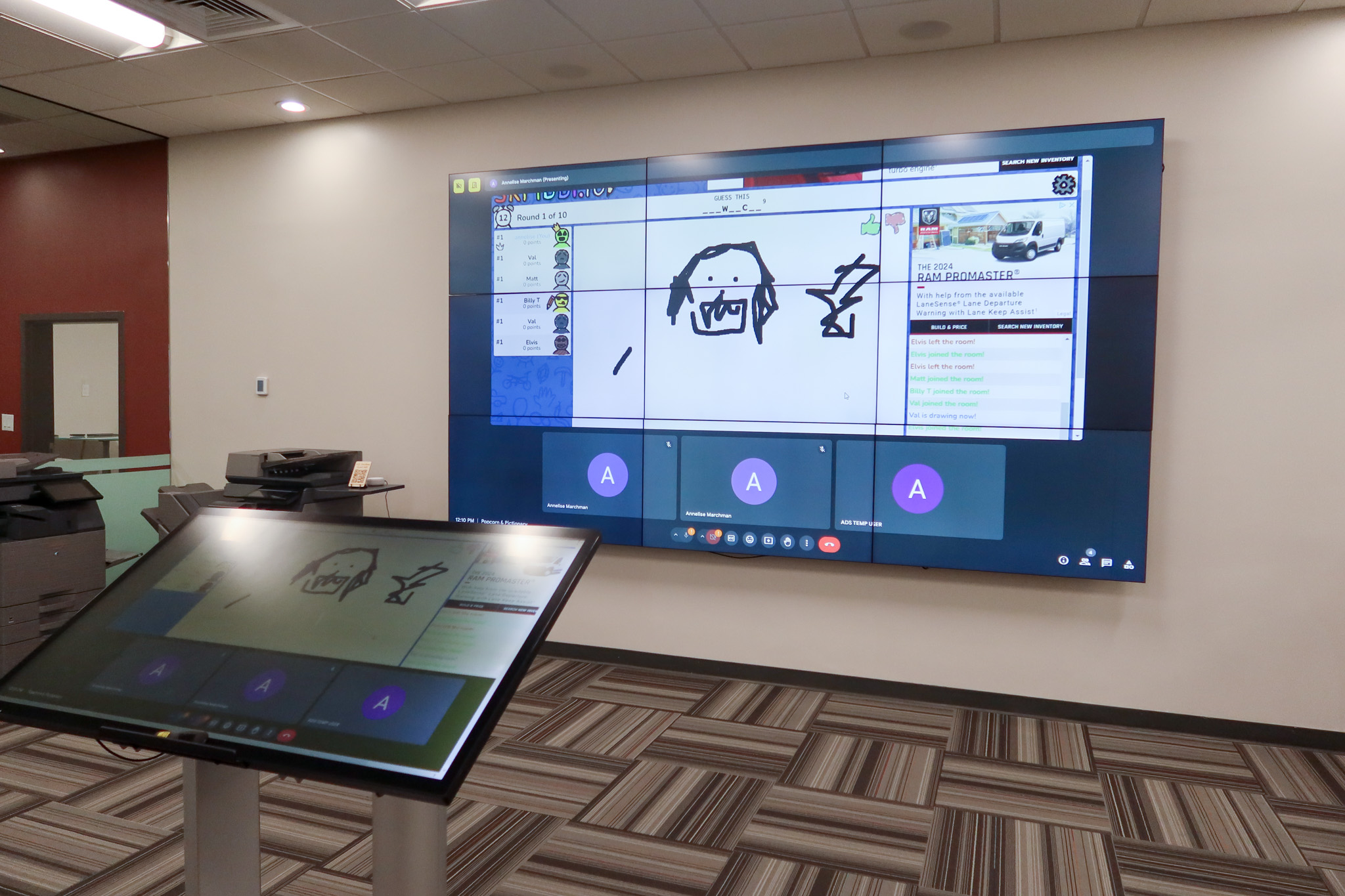You know how you sometimes see a “landline phone number” field on forms and think, “Do people still have those?” While cell phones combined with unlimited plans have decreased the need for landline phones in households, they still remain an integral part of businesses. However, even businesses are moving away from old-school phone systems and implementing a more advanced alternative called Voice over Internet Protocol (VoIP) phone systems. The biggest difference between traditional landlines and VoIP systems is that the latter uses the internet to make calls instead, making it a more cost-effective option for businesses. But there’s more to VoIP than just saving money.
Whether VoIP is a new or a familiar term to you, here are six exciting features it offers that can improve your business communications.
1. Auto attendant
A virtual assistant or an auto attendant is a handy feature to enhance customer experience. As the name suggests, this feature acts like a virtual assistant to ensure every call gets routed to the right person or department without the need for a human operator. When a customer calls, the auto attendant greets them with a professional message and presents a menu of options, such as “Press 1 for sales, Press 2 for support.” Clients can even call after hours and still navigate through a menu to leave a message, reach an emergency contact, or get information about your business hours. For businesses, this means fewer missed calls and a more streamlined communication process, allowing your team to focus on what’s important while maintaining a professional image.
2. Call forwarding
Picture this: You’ve been trying to reach a particular client for days with no luck. Finally, they return your call—right when you stepped away from your desk. Will your game of phone tag continue? Not with VoIP. With the call forwarding feature, you can simply set incoming calls to your office extension to automatically redirect to an alternate number, like your cell phone, so you never miss important calls. This feature is particularly useful if you’re working remotely or if you’re a salesperson frequently out in the field. You can even configure calls to forward to a colleague if you’re unavailable, ensuring your clients receive prompt attention even when you’re out of the office.
3. Voicemail
Voicemail to email is one of the coolest features of VoIP phone systems–it makes sifting through voicemail messages so much easier. This feature automatically sends audio files of your voicemails directly to your email inbox. When a voicemail is left, the system converts it into an audio file and attaches it to an email notification, which is then sent to your designated email address. This means you can access voicemails from anywhere, anytime, without needing to dial into a voicemail system. Simply scan through messages, prioritize urgent ones, and respond without having to sit through the entire voicemail. It’s a game-changer for busy professionals who are always on the go.
4. Virtual Fax
As much as it may seem like faxing is a thing of the past, many offices still use it as a medium of communication. But with traditional faxing comes the headache of dedicated fax lines. VoIP offers a virtual fax feature, which essentially allows you to send and receive faxes directly through your VoIP system. Here’s how it works: when someone sends you a fax, it gets converted into a digital format and delivered straight to your email inbox as a PDF. You can also send and receive faxes through the VoIP portal. This is a great option to help cut down ink and paper usage and is more secure for sensitive documents. It’s a win-win!
5. Call Routing
Call routing is a powerful feature that ensures calls are directed to the right person or department efficiently. Essentially, call routing allows you to set up rules or criteria for how incoming calls are managed and transferred. For instance, you can route calls based on the time of day, the caller’s number, or specific department needs. This means that calls can be automatically forwarded to an available representative, sent to voicemail, or even redirected to mobile devices if necessary. The benefits are immense: improved customer service, reduced wait times, and enhanced communication efficiency.
6. Mobile App Integration
With VoIP, your office phone isn’t tied to your desk anymore. Many VoIP providers offer mobile apps that allow you to make and receive calls using your business number right from your smartphone. You can even transfer calls, send messages, and access your voicemail directly from your smartphone or tablet. Just make sure you have a good internet connection for the best call quality.
VoIP For Your Business
VoIP phone systems empower small and medium-sized businesses with advanced call setups that were once only accessible to large enterprises due to their complexity and cost. And best of all, switching to a VoIP phone system is easier than you may think. Want to learn how? Contact us for a free consultation. As your dedicated VoIP provider, we guide you through the entire process to ensure a seamless transition that meets your specific needs.



